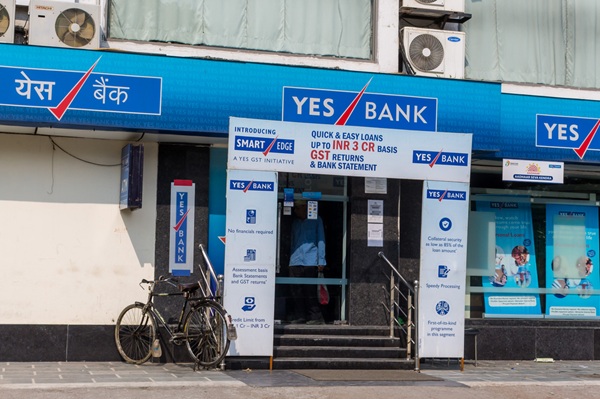.png)
Mint Owl tracks markets and policy with a steady eye, offering clear analysis on the choices shaping India’s economy and financial system.
November 11, 2025 at 3:04 AM IST
The idiom ‘success has many fathers but failure is an orphan’ comes to mind with Sumitomo Mitsui Banking Corporation buying nearly a quarter of YES Bank.
YES Bank’s collapse between 2018 and 2020, driven by reckless lending and governance failures, forced the Reserve Bank of India and the government to orchestrate a rescue. State Bank of India led the bailout, joined by a mix of public and private investors who collectively stabilised the bank.
Five years later, the bank’s very survival looks like a victory. SMBC has invested about ₹160 billion for a 24.99% stake, signalling confidence in the institution’s recovery. For SBI and the coalition of rescuers, this is vindication. For the RBI and the government, it offers a convenient moment to celebrate regulatory success.
Yet one group remains erased from this narrative.
The 2020 reconstruction protected equity shareholders but wiped out investors in Additional Tier-1 bonds—hybrid instruments meant to absorb losses, not to disappear before equity capital. Roughly, ₹85 billion was written off, and those investors are still fighting in court.
Even setting aside claims of mis-selling by bank staff, the legal ambiguity is striking. The RBI’s draft reconstruction plan explicitly proposed writing off the AT-1 bonds, but the final government-notified scheme dropped that clause. Many bondholders believed this meant the government had reconsidered the write-down.
The new YES Bank management still wrote the bonds down to zero. The inconsistency—a missing clause but an executed write-off—was always bound to provoke litigation. The Bombay High Court ruled against the bank. The case is now before the Supreme Court, leaving a potential ₹85 billion liability hanging over the turnaround story.
The omission in the final scheme effectively left new shareholders bearing the consequences of regulatory ambiguity. If the Supreme Court rules in favour of bondholders, YES Bank could face a hit that wipes out a portion of its capital base and dents its future growth trajectory.
That would also set a landmark precedent for India’s financial system. A ruling upholding investors’ rights could redefine the limits of regulatory discretion in bank resolutions—an area where the line between prudence and overreach has long remained blurred.
Globally, the echoes are unmistakable. The only comparable case, Credit Suisse in 2023, saw CHF 16.5 billion of AT-1 bonds written off. Just days ago, a Swiss court ruled that the move was unlawful, reopening hopes for compensation. Should the Supreme Court follow a similar line of reasoning, India may find itself at the frontier of a new legal standard for hybrid instruments.
The uncertainty has already changed investor behaviour. Since the YES Bank episode, Indian banks have raised far less AT-1 capital than before, and at higher yields. Once sold as “super-FDs,” these instruments now carry a reputation premium that few retail investors are willing to pay.
That should prompt reflection at the RBI. Is it wise to bask in the regulatory afterglow of the SMBC investment when such a foundational issue remains unresolved? A court verdict against the bank would not only dent its capital but also cast doubt on the credibility of India’s bank resolution process.
The system may prefer to remember the rescue and forget the write-off. But the Supreme Court’s verdict will decide which version of memory becomes history.
Success stories fade fast when built on unfinished business.




